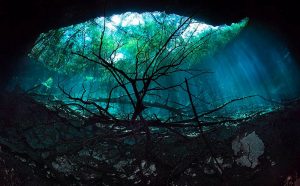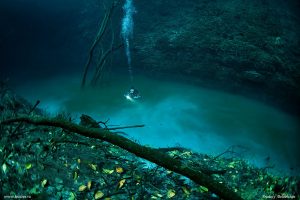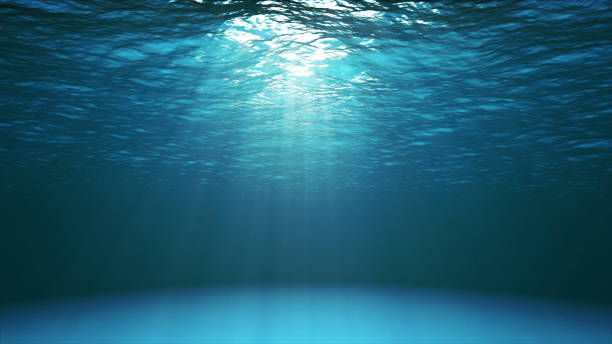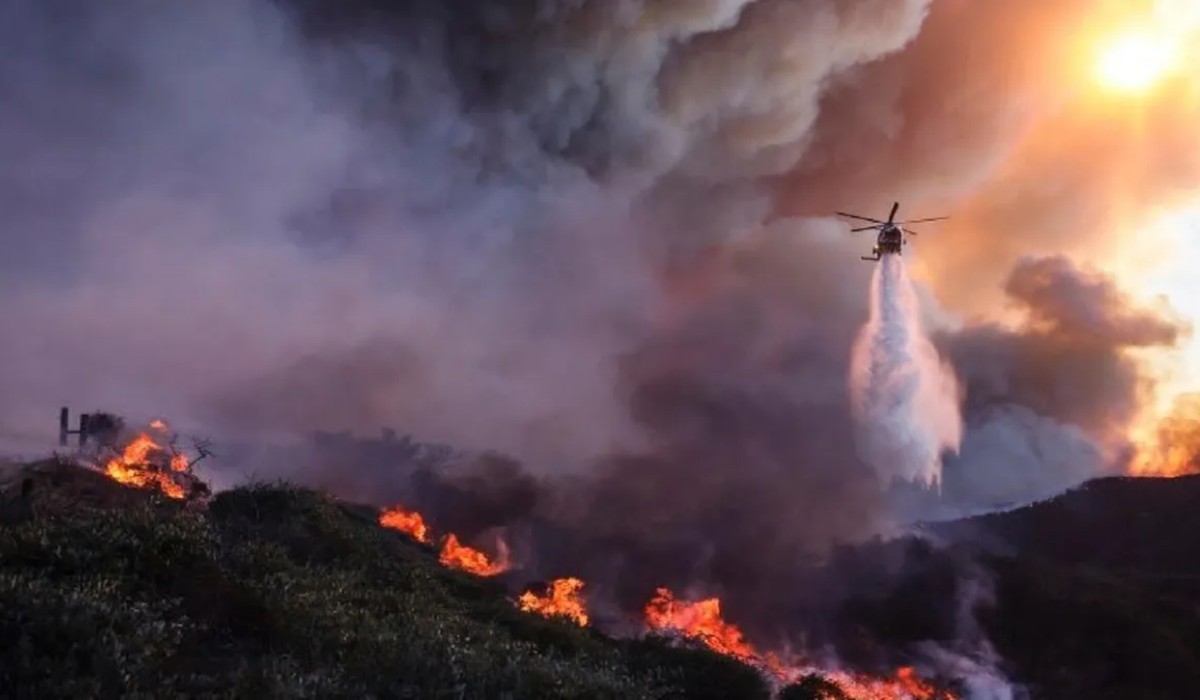Very few people are aware that there are places under the sea where rivers and lakes exist. Water bodies of different shapes and sizes can be found in the depths of the ocean.

In some places under the ocean where thick layers of salt can be found scattered for miles. When the seawater starts to seep through to the crevices of dense salt, it forms heavy brine. It is much heavier and denser than seawater. The brine gets separated from the surrounding seawater just as oil floats on top of the water.
Eventually, the brine settles into the depressions and holes on the seafloor, resulting in small water bodies and even a river.
Discovery of Underwater Rivers
Scientists and researchers were quite surprised when they came across these rivers under the water. The water in these water bodies is so dense that even a submarine cannot penetrate through it. At present, underwater rivers and lakes are known, but still, people find them quite fascinating. However, the water bodies are not suitable for activities like fishing or swimming. These depressions are pretty deep, contain brine water, and release methane.

Underwater rivers are extremely toxic, and most creatures cannot survive in or around them. Certain species of mussels can be found clustering along the shores of underwater rivers. These bizarre creatures can survive in an environment containing a mix of methane and other chemicals, saline lakes, and pools. Sunlight plays a vital role in the survival of almost every living being on earth. However, certain species of muscles have adapted themselves to survive in this environment. They get the nutrients from bacteria that convert chemicals and methane into energy.
Features of Underwater Rivers
Despite advancements in technology and science, most of these places remain unexplored. The underwater rivers are pretty similar to those we see on land. There are banks on either side of these rivers. Similarly, smaller tributaries feed into larger underwater rivers. Small valleys are curved on the seafloor as the underwater rivers flow. Just as we see on the land, these rivers follow a meandering path and change their course. It results in the formation of oxbow lakes under the ocean. River estuaries fawn on the ocean floor when the oxbow lakes split out.
Course and Flow of Underwater Rivers
The submarine channels under the ocean were utterly unknown till 1980. Researchers were able to locate these features after the use of Sonar mapping. Many of these rivers extend into the ocean from prominent rivers like the Congo and Amazon. Scientists often compare underwater rivers to those found on land. Canyon allows the river to split into meandering tributaries as they extend out from the flow into the continental slope.

Some scientists have also excavated the sediments on the seafloor, which clearly showed the splitting of river channels. However, underwater rivers mostly carry slurries of sand and silt, which gradually cascade through the channels on the ocean bed.
New, rivers form on the continental shelf like an avalanche on a mountain. When the river is flowing, it picks up speed and momentum till it starts to flow like a liquid. Water rivers can continue to flow for months, moving bulk amounts of sediment from one place to another. The flowing river mostly appears like a volcanic pyroclastic flow or snow avalanche. Another notable factor is that underwater rivers only flow for a specific amount of time. They become inactive after a few weeks or months.
Exploring and understanding the phenomena in the deep sea is quite expensive. Only a handful of scientists were able to study rivers under the ocean. Even today, people become surprised when they learn about lakes and rivers on the seabed. Previously scientists primarily relied on laboratory simulations for understanding the nature of these rivers. Experimental data show that the flow of these rivers is similar to that of pyroclastic flows.
The sediments billow and surge down the bed of a river. The flowing sedimentary has a substantial effect on the biodiversity under the sea. However, it helps some species to overgrow while others die. Its effect entirely depends on the growth and reproduction pattern of a species on the growth and reproduction pattern of species.











